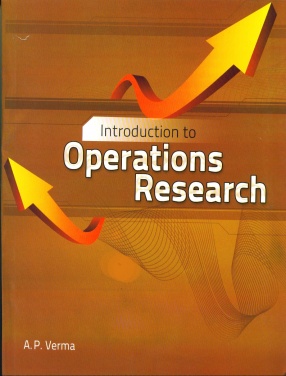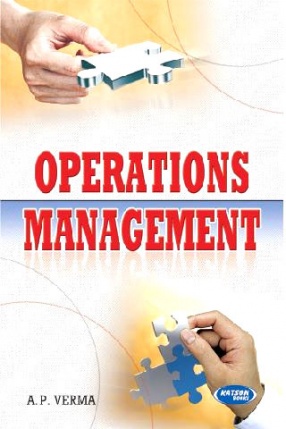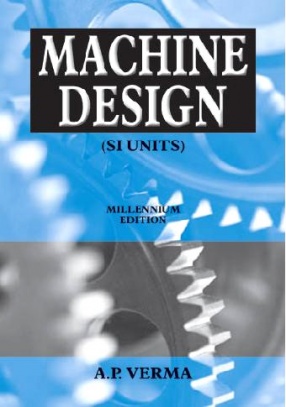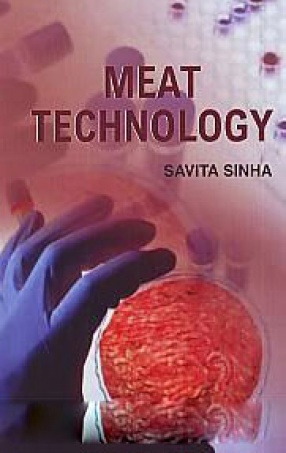Business Mathematics & Statistics for CA, ICWA and CS (Foundation & PE Course 1) spread over in more than forty chapters, and four-figure pages in the twin sections, this textbook encompasses tailor-made topics of the three professional bodies – CA, ICWA and CS. The various topics in Section I (Maths) like percentage, ratio and proportion, number system, theory of equations, logarithm, set-theory, breakeven analysis, progression, matrices, elements of trigonometry and differential and integral calculus have been arranged sequentially and systematically so that the reader can learn the concept of Mathematics step by step in a logical manner. Then one can step into the second Section II of Statistics with the fortified knowledge of arithmetic and mathematics to grasp the theory and reasoning of statistical methods and test of hypothesis even without the aid of the teacher to pass examinations successfully with flying colours. In this self-teaching treatise, at some places the author has gone the extent of being redundant in order to be clear. The student would do exceedingly good if one chooses to follow two workedout examples from the book and then tries to solve the third one all by one’s own effort. Biyearly examination questions with answers of three professional courses have been compiled at the end of each chapter updated to the latest examination. Interwoven beautifully into a coherent body of theory, description and analysis, the edition is a treasure house of knowledge and information which a reader would like to treasure in one’s treasure-chest even after completing the studies. And in the end, a very pertinent question as to why the various subject matters of all the three professional bodies (CA, ICWA and CS) have been put together in a single volume of mathematics and statistics. Our reply is very simple – “because the three professional bodies have a common objective and overlapping guidelines for imparting the basic knowledge – to ensure that the students have a basic understanding of important quantitative tools and their elementary application to business problems†and these quantitative tools are also common. Our confidence level of the performance of the book is not 95 percent, not even 99 percent, it is a full 100 percent because we believe in the dictum that even if you score 99 out of 100 marks in maths, you still fail by 1 percent. Our volume speaks volumes of our achievement.
Introduction to Operations Research
$49.50
$55.00








There are no reviews yet.